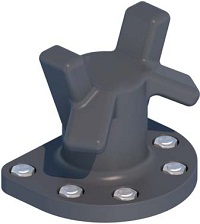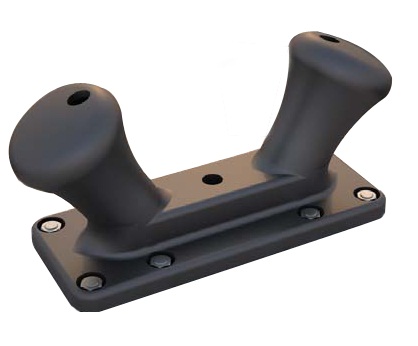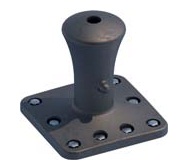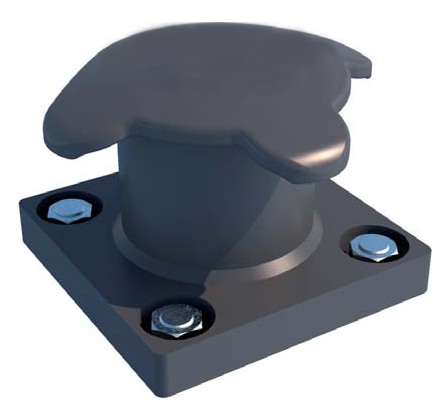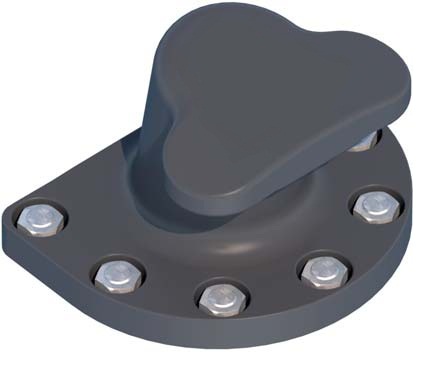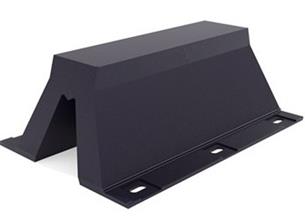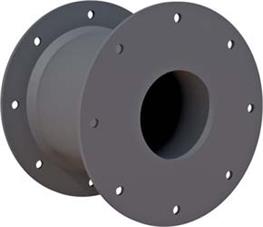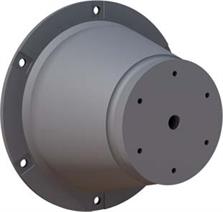
Cast Steel vs Cast Iron
Before cast steel was readily available, Marine bollard were made in different grades of cast iron. Most modern ports now recognise the great benefits of cast steel but it is important to understand the differences between the materials to appreciate the benefits and advantages of cast steel compared to any grade of cast iron.
The main characteristics and benefits of cast steel, ductile (SG) iron and grey iron, are defined below to help designers and specifiers of bollards make informed choices.
Common Marine Bollard Materials
Typical material properties of cast steel and cast iron are given in the table. These assume high grade raw materials, proper manufacturing processes, heat treatment where applicable and effective quality management.DOLPHIN MARINE are leaders in high performance castings for safety critical applications. Our skilled staff employ the best raw materials and strictest process controls.
|
Typical Properties* |
Grade |
Yield |
(MPa) |
(ksi) |
Elongation |
Charpy† |
|
|
(MPa) |
(ksi) |
||||||
|
Cast Steel EN-10293 |
GE300 |
300 |
44 |
600 |
87 |
15 |
27J at +20°C |
|
G20Mn5 |
300 |
44 |
500 |
73 |
20 |
27J at -20°C |
|
|
Cast Steel ASTM A27 |
65-35 |
240 |
35 |
450 |
65 |
24 |
Not tested |
|
70-36 |
250 |
36 |
485 |
70 |
22 |
Not tested |
|
|
70-40 |
275 |
40 |
485 |
70 |
22 |
Not tested |
|
|
Cast Steel A148 |
80-50 |
345 |
50 |
550 |
80 |
22 |
Not tested |
|
Ductile (SG) Iron EN-1563 |
EN-GJS-400-15 |
250 |
36 |
400 |
58 |
15 |
Not applicable |
|
Grey Iron EN-GJL-300 |
EN-GJL-300 |
Undefined |
300 |
44 |
1 |
Not applicable |
|
* Properties given are typical values for each material grade based on prepared samples.
* Charpy testing is optional, and strongly recommended for low temperature applications.
|
|
|
||||||
|
|
|
|
Total Products: 6
Page: 1 of 1
First
←Previous
Next→
End
|

 info@dolphinmarines.com
info@dolphinmarines.com